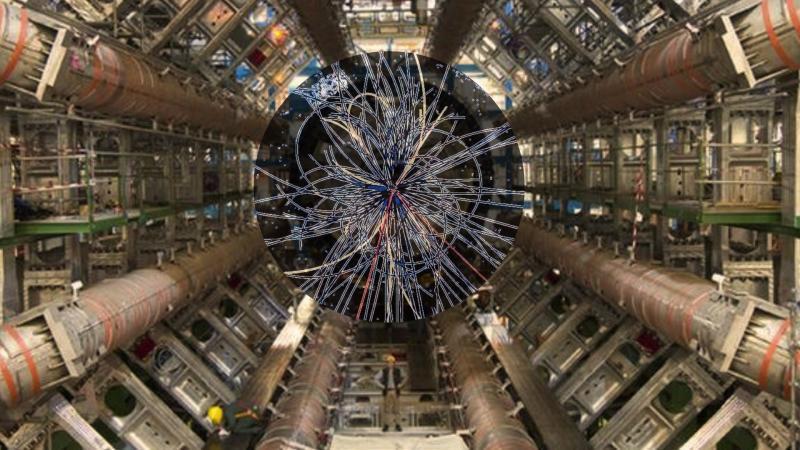
CERN Scientists Shedding Light on Antimatter & Universe’s Origins
The mysteries of antimatter have long fascinated scientists, and recent discoveries at the Large Hadron Collider (LHC) at CERN are shedding new light on the fundamental forces of nature. The ALICE collaboration, a team of researchers dedicated to studying the universe’s early moments, has made a groundbreaking discovery – the first evidence of antihyperhelium-4 (α). This exotic particle, produced under extreme conditions, offers a unique window into the balance between matter and antimatter, providing crucial insights into the universe’s origins.
The Quest for Antimatter
Antimatter is a type of matter that has the same mass as regular matter but opposite charges. When matter and antimatter come into contact, they annihilate each other, releasing a vast amount of energy in the process. This fundamental property makes antimatter incredibly difficult to study, as it is scarce in the universe and can only be produced in controlled laboratory environments.
The search for antimatter began decades ago, with scientists aiming to understand its role in the early universe. The Standard Model of particle physics, which describes the behavior of fundamental particles, predicts that antimatter should have been created in equal amounts to matter during the Big Bang. However, the universe we observe today is composed almost entirely of matter, with only a tiny fraction of antimatter present.
The Large Hadron Collider
To unravel the mystery of antimatter, scientists turned to the Large Hadron Collider, a massive particle accelerator located at CERN. The LHC is designed to accelerate protons to nearly the speed of light and then collide them at incredibly high energies, recreating the conditions of the early universe.
The ALICE collaboration, one of the LHC’s four main experiments, is focused on studying the properties of heavy ions, such as lead and gold, at extremely high energies. By colliding these ions, scientists can create a “quark-gluon plasma,” a state of matter that existed in the universe during its earliest moments.
The Discovery of Antihyperhelium-4
Recently, the ALICE collaboration announced the first evidence of antihyperhelium-4 (α), a type of antimatter that consists of two antiprotons and two antineutrons. This discovery is significant because it provides a unique window into the universe’s early moments, when the balance between matter and antimatter was still being established.
The antihyperhelium-4 particles were produced when the heavy ions collided at the LHC, creating a hot and dense plasma that included antihyperhelium-4 nuclei. By analyzing the properties of these particles, scientists can gain insights into the fundamental forces of nature that governed the universe’s early moments.
Implications for Our Understanding of the Universe
The discovery of antihyperhelium-4 has significant implications for our understanding of the universe’s origins. It suggests that the early universe was not as matter-dominated as previously thought, and that antimatter may have played a more significant role in the universe’s evolution.
Furthermore, the study of antihyperhelium-4 can provide valuable insights into the asymmetry between matter and antimatter, which is still not well understood. The discovery of this exotic particle can help scientists better understand the fundamental forces of nature and the conditions that governed the universe’s early moments.
Conclusion
The discovery of antihyperhelium-4 is a major breakthrough in the field of particle physics, offering a unique window into the universe’s early moments. The ALICE collaboration’s findings provide crucial insights into the balance between matter and antimatter, shedding new light on the fundamental forces of nature.
As scientists continue to study this exotic particle, they may uncover new secrets about the universe’s origins and the fundamental forces that govern its behavior. The discovery of antihyperhelium-4 is a testament to the power of human curiosity and the importance of continued scientific research.
Source:
https://researchmatters.in/news/exotic-antimatter-spotted-heavy-ion-collisions-lhc






